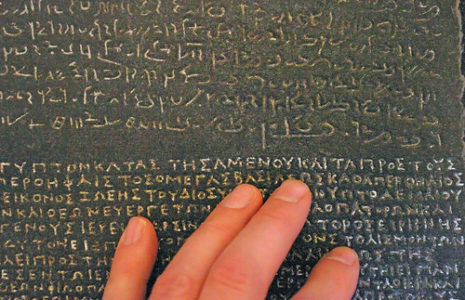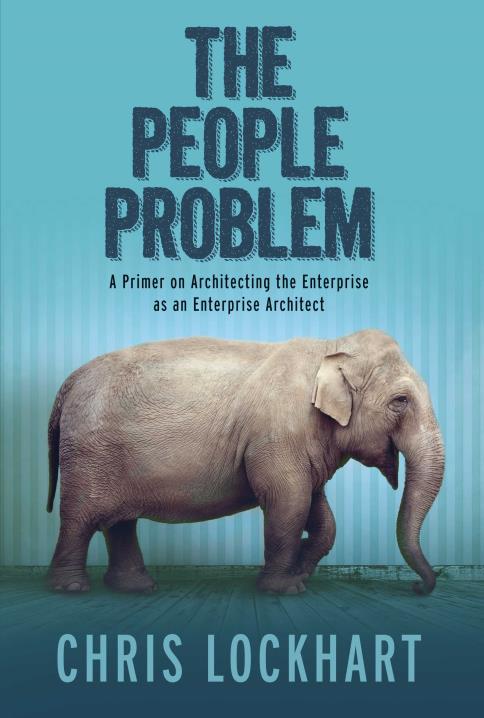It has always struck me as odd that in casual conversation with the business or IT regarding solutions or projects there seems to be a verbal block when it comes to alignment. Sure, most folks speak the alignment speak. As in, “Darn it, we need alignment!” But the reality is that we very often lack a common lexicon for having the types of discussions across the Business-IT divide that would actually engender alignment.
If we accept that IT folks will likely never fully grok the business way of speaking and business for sure will never fully understand what IT is saying, we may find it easier to look about for a mechanism for translating what each side is talking about. Lacking a common lexicon requires us to essentially construct a ‘Rosetta Stone’ for what should be normal and easy human to human conversation. Alas, we can’t force effective communication in every instance.
So what does that common lexicon look like? What form does the Rosetta Stone take?
For starters, there’s been a lot of discussion around the rise and fall and rise again of SOA as a means for constructing a services-based view of an enterprise or a solution. So take it one step beyond mere technical views and services could, possibly, become the common lexicon. To make the language of services useful to both business and IT, we need to be having discussions about the capabilities associated with business services and how those capabilities are technically enabled or delivered.
Accurately identifying and describing desired business capabilities and aligning or mapping those with enabling IT technical services will serve as our Rosetta Stone. And EA is key to this process. No one is stepping into the other’s domain or trampling toes or attacking fiefdoms. Business is still talking the language of business capabilities and IT is still speaking the language of enablement by deployment of services. Enterprise Architecture is on the hook for chiseling the Stone into existence and serving as the translator. This may seem obvious, or old hat, but it bears repeating at a time when organizations are seeking to extract maximum value from programs and maximum efficiencies from projects but lack the common language to really make those lofty goals happen.
The EA program serves an organization well when it is able to be the connective tissue, the Rosetta Stone. Real value will become apparent to both sides as they realize they can finally understand the language of the other.


